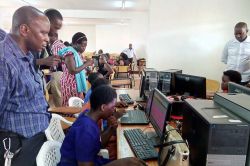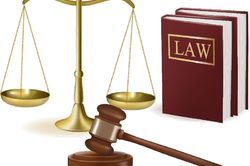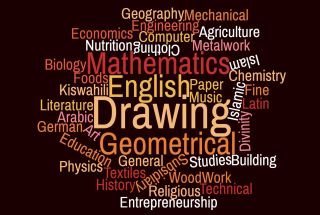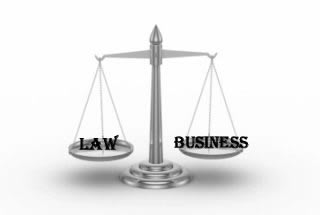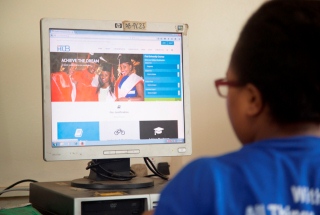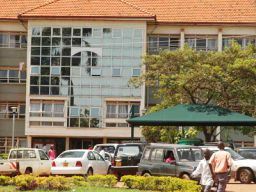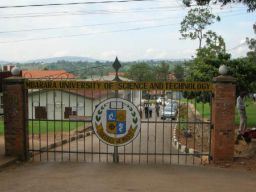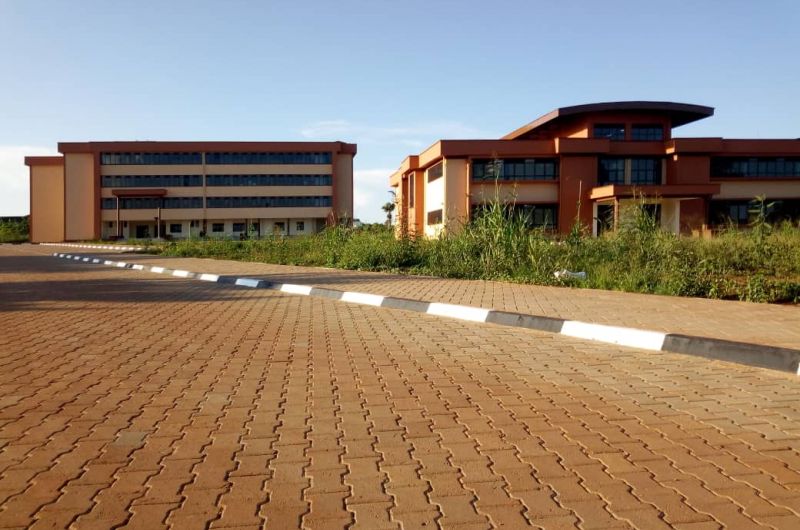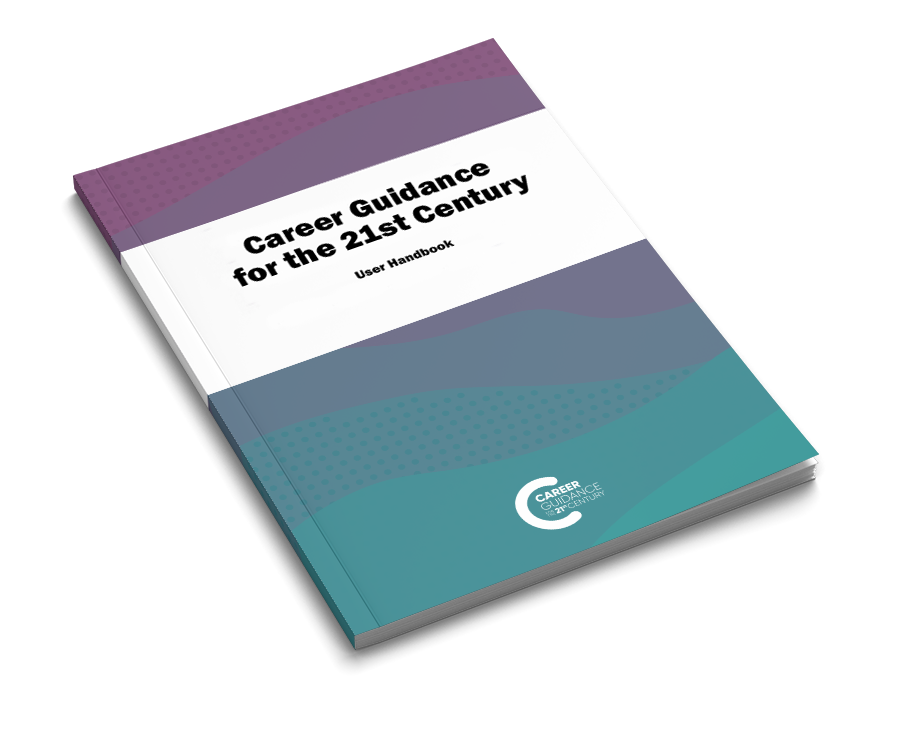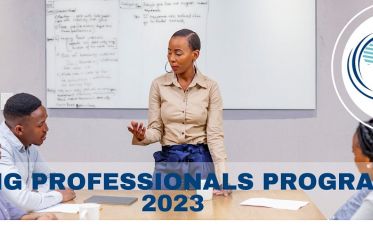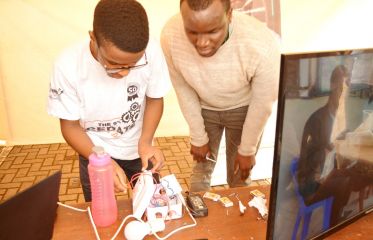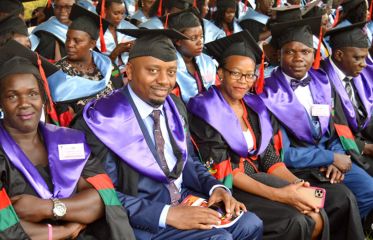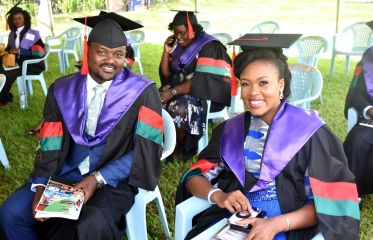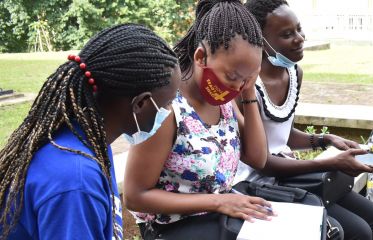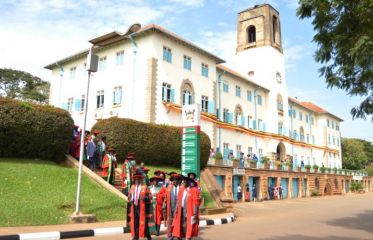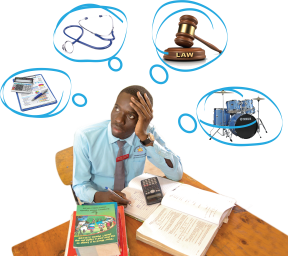Breaking News
- Flexible Remote Work Opportunity for University Students: Earn $100–$250 Per Month ...Read More
- Ministry of Education and Sports Azerbaijan Government Scholarships For 2025-2026 Academic Year ...Read More
- Government Sponsorship Undergraduate Admission Lists 2025-26 for Makerere University ...Read More
- Ministry of Education And Sports: Egyptian Government Scholarships 2025-2026 Academic Year ...Read More
- Ground Breaker Full Scholarship for girls to study Software Engineering 2025 July Intake ...Read More
- Tony Elumelu Foundation Entrepreneurship Programme (TEEP) 2025 for young African Entrepreneurs ...Read More
- DESIGNING FUTURES 2050 International Design Competition 2025 (€15,000 prize) ...Read More
- Ground Breaker Full time Scholarship for girls to study Software Engineering 2025 Intake ...Read More
- Ministry of Education And Sports Algerian Vocational Training Scholarships for 2024-2025 AY ...Read More
- Ministry of Education and Sports Advert for the Algerian Government Scholarships for 2024-2025 ...Read More
Police detective
Conduct investigations to prevent crimes or solve criminal cases.
Add to FavouritesDuties
1. Provide testimony as a witness in court.
2. Secure deceased body and obtain evidence from it, preventing bystanders from tampering with it prior to medical examiner's arrival.
3. Examine crime scenes to obtain clues and evidence, such as, clothing, or weapons.
Obtain evidence from suspects.
4. Record progress of investigation, maintain informational files on suspects, and submit reports to commanding officer or magistrate to authorize warrants.
5. Check victims for signs of life, such as breathing and pulse.
6. Prepare charges or responses to charges, or information for court cases, according to formalized procedures.
7. Obtain facts or statements from complainants, witnesses, and accused persons and record interviews, using recording device.
8. Prepare and serve search and arrest warrants.
9. Note, mark, and photograph location of objects found, such as footprints, tire tracks, bullets and bloodstains, and take measurements of the scene.
10. Preserve, process, and analyze items of evidence obtained from crime scenes and suspects, placing them in proper containers and destroying evidence no longer needed.
11. Question individuals or observe persons and establishments to confirm information given to patrol officers.
12. Secure persons at scene, keeping witnesses from conversing or leaving the scene before investigators arrive.
13. Take photographs from all angles of relevant parts of a crime scene, including entrance and exit routes and streets and intersections.
14. Analyze completed police reports to determine what additional information and investigative work is needed.
15. Obtain summary of incident from officer in charge at crime scene, taking care to avoid disturbing evidence.
16. Provide information to lab personnel concerning the source of an item of evidence and tests to be performed.
17. Examine records and governmental agency files to find identifying data about suspects.
18. Block or rope off scene and check perimeter to ensure that entire scene is secured.
19. Summon medical help for injured individuals and alert medical personnel to take statements from them.
20. Observe and photograph narcotic purchase transactions to compile evidence and protect undercover investigators.
21. Organize scene search, assigning specific tasks and areas of search to individual officers and obtaining adequate lighting as necessary.
22. Participate or assist in raids and arrests.
23. Coordinate with outside agencies and serve on interagency task forces to combat specific types of crime.
24. Note relevant details upon arrival at scene, such as time of day and weather conditions.
25. Maintain surveillance of establishments to obtain identifying information on suspects.
26. Notify command of situation and request assistance.
27. Videotape scenes where possible, including collection of evidence, examination of victim at scene, and defendants and witnesses.
28. Notify, or request notification of, medical examiner or district attorney representative.
29. Monitor conditions of victims who are unconscious so that arrangements can be made to take statements if consciousness is regained.
Key knowledge areas
1. Law and Government — Knowledge of laws, legal codes, court procedures, precedents, government regulations, executive orders, agency rules, and the democratic political process.
2. Public Safety and Security — Knowledge of relevant equipment, policies, procedures, and strategies to promote effective local, state, or national security operations for the protection of people, data, property, and institutions.
3. English Language — Knowledge of the structure and content of the English language including the meaning and spelling of words, rules of composition, and grammar.
4. Psychology — Knowledge of human behavior and performance; individual differences in ability, personality, and interests; learning and motivation; psychological research methods; and the assessment and treatment of behavioral and affective disorders.
5. Customer and Personal Service — Knowledge of principles and processes for providing customer and personal services. This includes customer needs assessment, meeting quality standards for services, and evaluation of customer satisfaction.
6. Computers and Electronics — Knowledge of circuit boards, processors, chips, electronic equipment, and computer hardware and software, including applications and programming.
7. Education and Training — Knowledge of principles and methods for curriculum and training design, teaching and instruction for individuals and groups, and the measurement of training effects.
8. Clerical — Knowledge of administrative and clerical procedures and systems such as word processing, managing files and records, stenography and transcription, designing forms, and other office procedures and terminology.
9. Administration and Management — Knowledge of business and management principles involved in strategic planning, resource allocation, human resources modeling, leadership technique, production methods, and coordination of people and resources.
10. Telecommunications — Knowledge of transmission, broadcasting, switching, control, and operation of telecommunications systems.
11. Communications and Media — Knowledge of media production, communication, and dissemination techniques and methods. This includes alternative ways to inform and entertain via written, oral, and visual media.
12. Personnel and Human Resources — Knowledge of principles and procedures for personnel recruitment, selection, training, compensation and benefits, labor relations and negotiation, and personnel information systems.
Skills
1. Speaking — Talking to others to convey information effectively.
2. Active Listening — Giving full attention to what other people are saying, taking time to understand the points being made, asking questions as appropriate, and not interrupting at inappropriate times.
3. Critical Thinking — Using logic and reasoning to identify the strengths and weaknesses of alternative solutions, conclusions or approaches to problems.
4. Social Perceptiveness — Being aware of others' reactions and understanding why they react as they do.
5. Reading Comprehension — Understanding written sentences and paragraphs in work related documents.
6. Complex Problem Solving — Identifying complex problems and reviewing related information to develop and evaluate options and implement solutions.
7. Judgment and Decision Making — Considering the relative costs and benefits of potential actions to choose the most appropriate one.
8. Writing — Communicating effectively in writing as appropriate for the needs of the audience.
9. Monitoring — Monitoring/Assessing performance of yourself, other individuals, or organizations to make improvements or take corrective action.
10. Negotiation — Bringing others together and trying to reconcile differences.
11. Service Orientation — Actively looking for ways to help people.
12. Time Management — Managing one's own time and the time of others.
13. Active Learning — Understanding the implications of new information for both current and future problem-solving and decision-making.
14. Coordination — Adjusting actions in relation to others' actions.
15. Persuasion — Persuading others to change their minds or behavior.
16. Instructing — Teaching others how to do something.
17. Systems Analysis — Determining how a system should work and how changes in conditions, operations, and the environment will affect outcomes.













